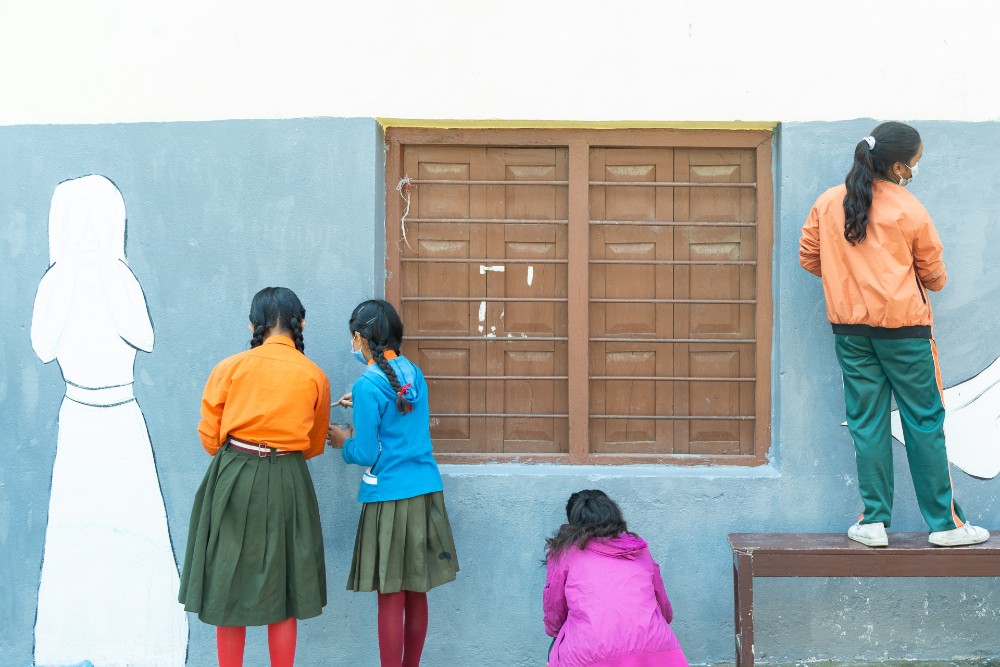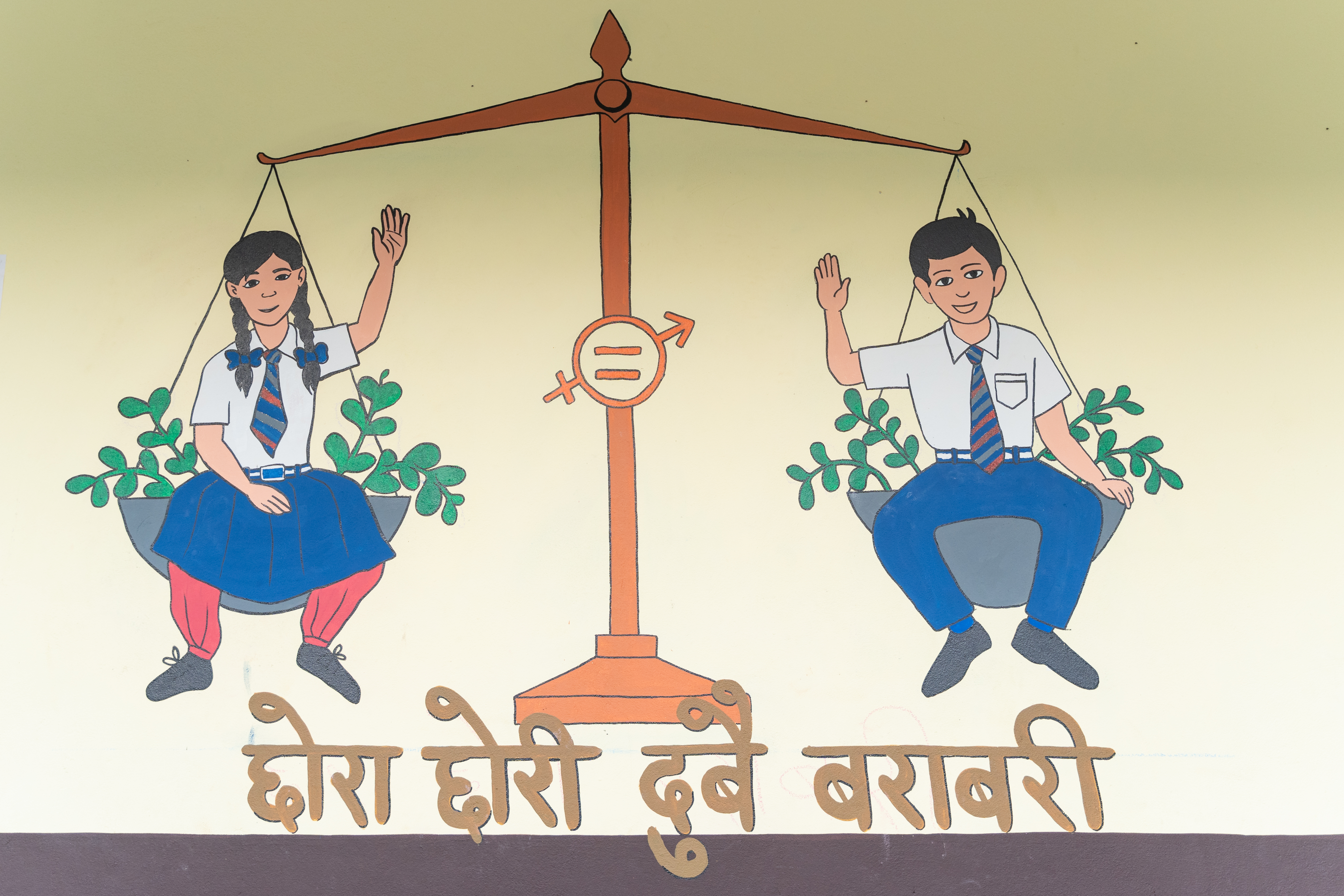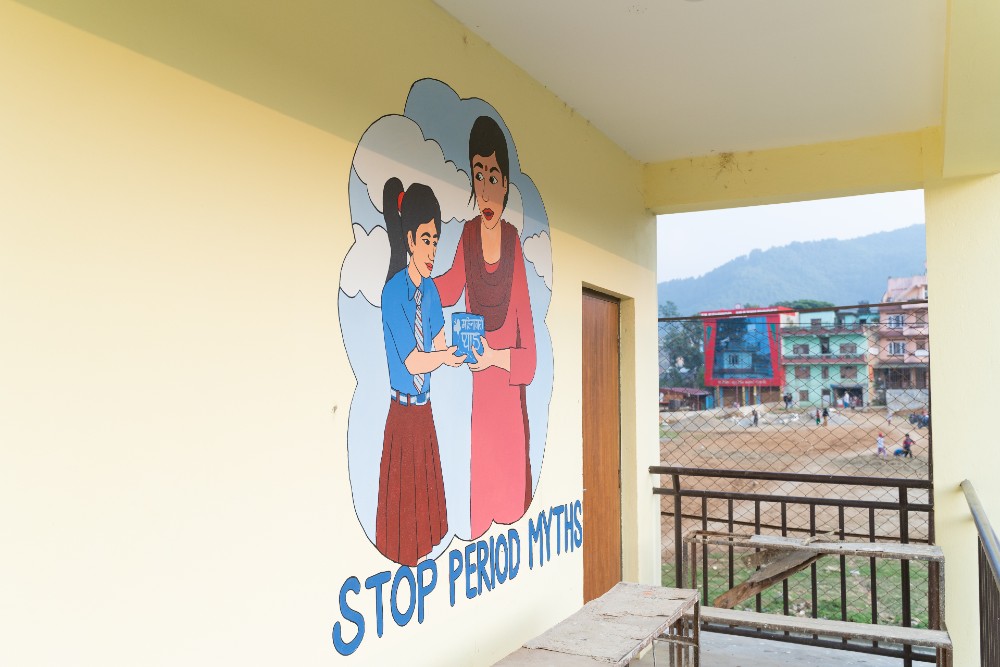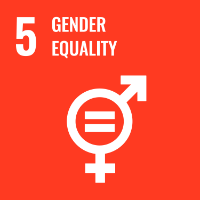
Street art in Nepal displays powerful messages for women and girls
Street art in Nepal displays powerful messages for women and girls
In collaboration with
At a glance
-
Gender-based violence (GBV) is persistent around the world, but it’s particularly acute in Nepal, with more than one in four women experiencing such violence.
-
Interviews were conducted with a variety of stakeholders and workshops run with girls in schools in Kathmandu and Pokhara.
-
This study will form the basis of best practice documents, helping guide organisations in their use of artwork to communicate.
-
The research team can use these insights to help donors and activists produce street art that is co-created and more culturally sensitive.
Addressing gender-based violence in Nepal
GBV is particularly acute in Nepal. According to the World Health Organisation, more than one in four women in Nepal experience intimate partner violence in their lifetime; estimates indicate only one-third of women seek help.
More than 40 per cent of women and girls in Nepal are unable to read. Using art and culture such as street art, theatre or radio allows them to receive information that would otherwise be unavailable. Street art is used as part of social justice and information campaigns by local and international NGOs alike, including the Ujyalo Foundation and UN Women.
Dr Charlotta Salmi of Queen Mary’s School of English and Drama and Dr Barbara Grossman-Thompson and their collaborators examined how effective existing street art is as a medium, how it represents GBV, and how audiences respond to it.
Dr Salmi and Dr Grossman-Thompson’s research aims to help international agencies and donors to create more appropriate, powerful and significant street art that drives their messages.

Research
Dr Salmi and her colleagues interviewed a wide variety of stakeholders including donors, organisations, activists, artists and advocacy groups.
They also ran workshops with girls in government schools in Kathmandu and Pokhara. In the workshops, among other exercises, students (aged 12–17) looked at images of street art on women’s rights and then narrated their interpretations. Participants were also able to choose topics they wanted to see addressed in campaigns and, together with street artists, devised slogans and designs for their own mural.

Enhancing audience engagement
Organisations that use more abstract art which avoids objectifying its subjects, or positive images that inspire and uplift viewers, can have a greater impact on audiences.
Dr Salmi’s research showed that many existing campaigns suffer from a focus on women’s victim status and a lack of intersectionality. They are also set back by a lack of general visual literacy among their audiences.
Local NGOs that engage the community in devising, producing, and discussing artworks can have a far greater reach than international NGOs that do not.
This research lays the foundations for a policy paper on Best Practice in using Art for Awareness Raising on Gender-Based Violence, which will offer guidelines for international and local donors, NGOs and stakeholders, for using art to the greatest benefit of local communities.
Empowering communities through discussion
Through the process of discussing and making art around gender-based violence, the workshops increased the participating girls’ awareness of and engagement with the topic of GBV. This resulted in participants discussing what they had learned with family members and friends, thereby spreading information through their communities.
Key takeaways
- Clear guidelines in how to use art effectively and inclusively are needed to raise awareness about gender-based violence across different cultural contexts.
- Working with local NGOs in dialogue with communities creates more culturally resonant visual tools to raise awareness about GBV and other stigmatised experiences.
- Visual communication should be an integral part of international women's empowerment initiatives. Women are disproportionately affected by lack of access to education, and therefore by illiteracy, especially in lower income settings.
Sustainable Development Goals
 “Visualizing Gender-based Violence” addresses the UN’s 2030 Development Agenda goal 5 to empower women girls and eliminate violence and gender discrimination. The project investigates representations of gender-based violence (GBV) in graphic art in Nepal and promotes welfare and sustainable human development in Nepal through addressing gender equality and social justice.
“Visualizing Gender-based Violence” addresses the UN’s 2030 Development Agenda goal 5 to empower women girls and eliminate violence and gender discrimination. The project investigates representations of gender-based violence (GBV) in graphic art in Nepal and promotes welfare and sustainable human development in Nepal through addressing gender equality and social justice.
